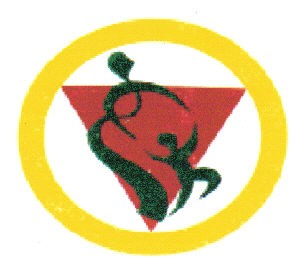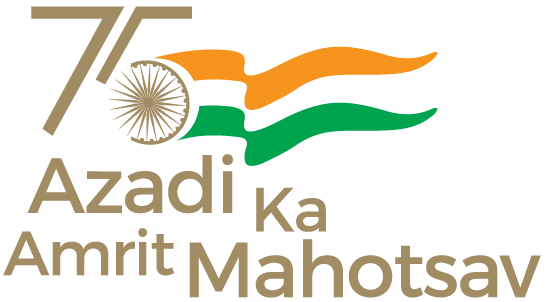Reproductive & Child Health (RCH)

REPRODUCTIVE & CHILD HEALTH PROGRAMMES (RCH), MIZORAM
A. Introduction: Health & Family Welfare Programme started in India in 1951, with the National Family Planning Programme. The Family Planning Programme focused mainly on terminal methods with a view to control over population growth. As a result, it received set back owing to rigid implementation of target-based approach. The experiences gained throughout the country revealed that improvement of the health of women in the reproductive age group and children (up to 5 years) is of crucial importance to reduce the problem of population growth. This realization led to change in the approach from Family Planning to Family Welfare. Since the 7th Plan implemented during 1984 – 89, the Family Welfare programme have evolved on the health needs of mothers and children, as well as on providing contraceptives and spacing services to the targeted group. The main objective of Family Welfare programme has been to stabilize the population at level of the need of the country’s development.
In 1997, the Government of India followed up the International recommendation on Reproductive and Child Health (RCH) as a National Programme. RCH programme integrates all the related programmes of the eight plan and it aims to bring all RCH services easily available for the community.
Accordingly, RCH Programme has been started in Mizoram since mid 1998. Various Maternal and Child Health Schemes have been implemented. In addition to these, Mizoram was included among the selected 24 districts of 17 states for the implementation of RCH Sub-Project (Area Project). The Sub-Project covered the entire state of Mizoram and it was mainly concerned with Infrastructure development of rural health care. The RCH Sub-project had come to an end on 31st March 2004.
Since the Schemes which had been implemented during RCH I were mostly concerned with rural health, the GoI has approved Urban Health Project for Aizawl and Lunglei towns since January 2004. Consequently, Other District capitals are also to take up under Urban health project for which proposals have already been submitted to Government of India.
RCH I has technically ended on 31st March 2004. The Government of India has however extended one year Interim period for preparation of project implementation plan (PIP) for RCH II. Since there have been improvements in the areas of services provided to some extent during RCH I, the Government of India decided to continue RCH phase II so that the targeted group may get better health at maximum level.
B. Objectives of the programme
The vision of RCH programme is to bring about outcomes as envisages in the National Population policy 2000 (NPP-2000), the National population policy 2002, minimizing the regional variations in the areas of Reproductive and Child Health and population stabilization through integrated, focused, participatory programme, meeting the unmet demands of the target population and provision of assured, equitable, responsive quality services. RCH programme focuses on reduction of Maternal Mortality Ratio, Infant Mortality Rate and Total Fertility Rate. It also aims to increase the couple protection rate and coverage of child immunization. The goals are -
- To reduce Maternal Mortality Ratio from 60 (State Report) to 55
- To reduce Infant Mortality Rate from 34 (NFHS-3) to 25
- To reduce Total Fertility Rate from 2.9 (NFHS-3) to 2.5
RCH Officer Under Serchhip District
1. Dr. Samuel , District Reproductive & Child Health Officer
2. Deborah vanlalchhuangi -District Programme Manager
3. Zonunsangi - Distract Accounts Manager
4. Vanlalruati - District Accounts Manager
5. Lianthangpuii Fanai- DEIC Manager
6. Emmanuel Lalthakima - Programme administrative Assistant
7. Lalmuankimi Sailo- District ASHA Coordinator
8. Lalthanpari Siakeng - Executive Assistant
9. Lalhruaitluangi - District Data manager
10. Zairemthanga - Computer Assistant to The District Immunisation Officer

















